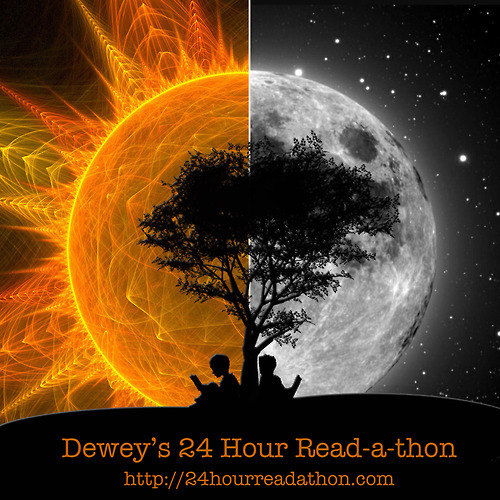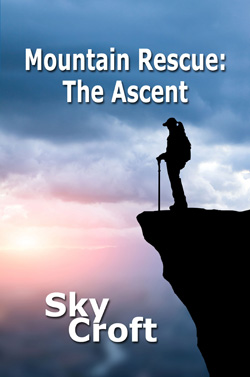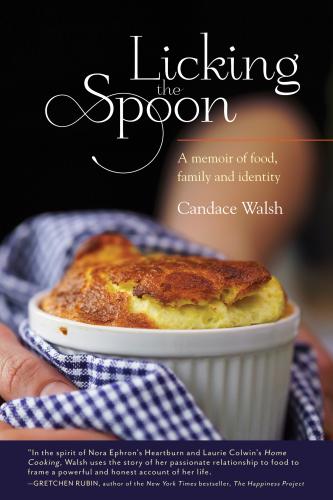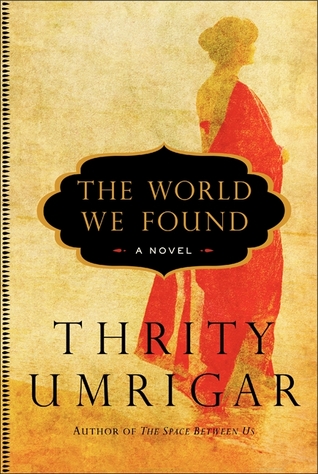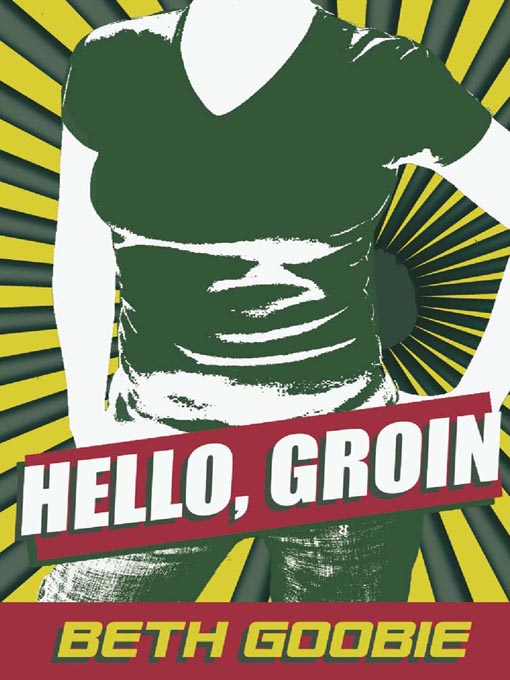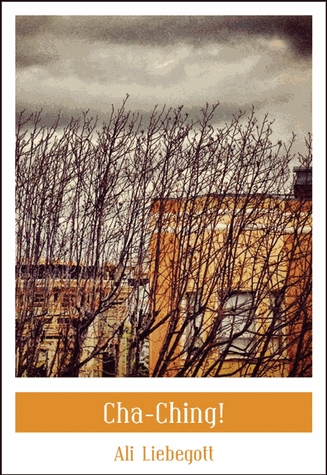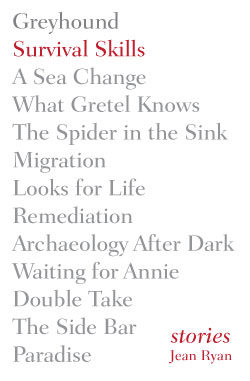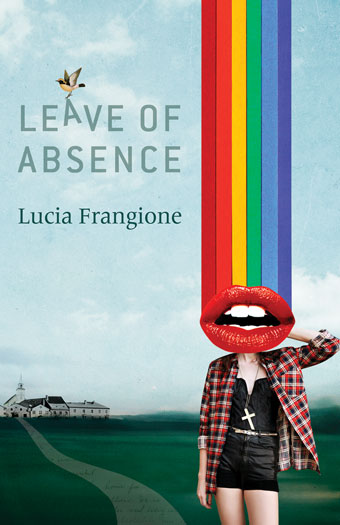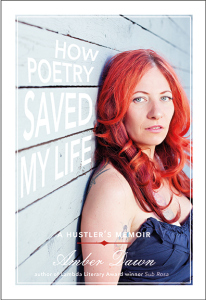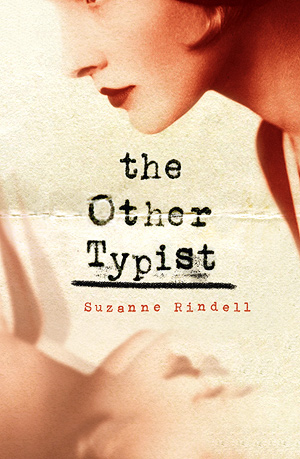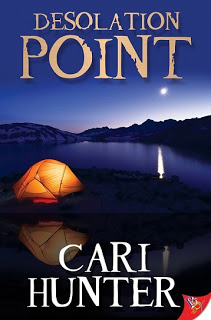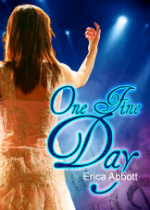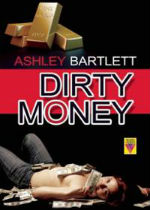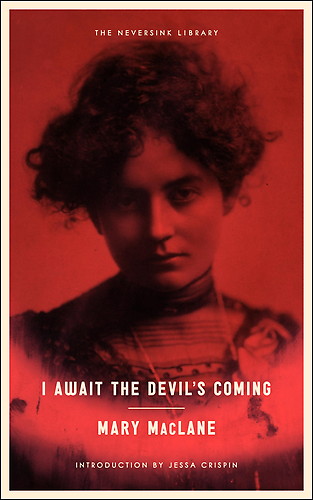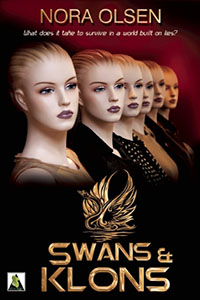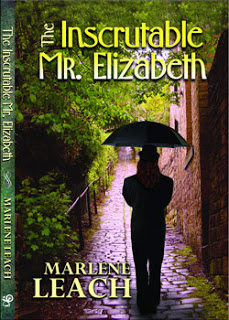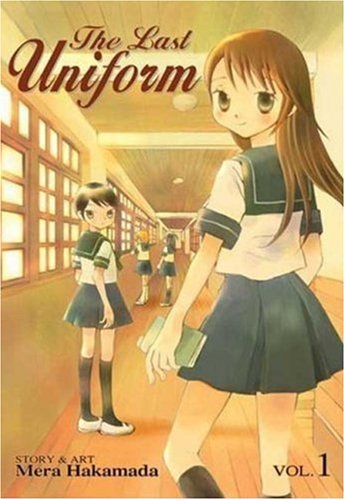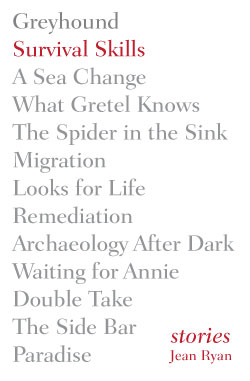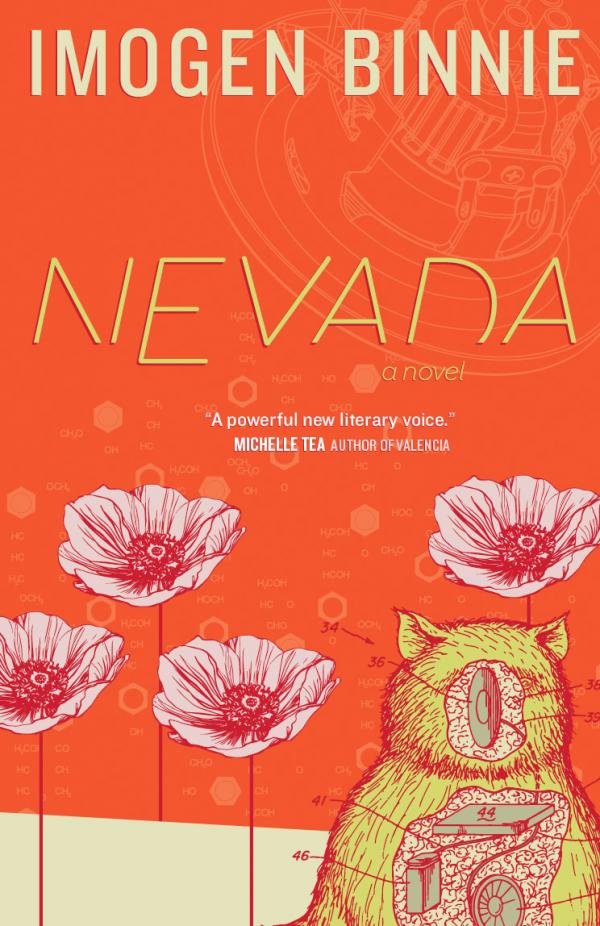As promised, here are my readathon updated condensed into one post! (With non-lesbian books redacted.) It was a lot of fun, and I definitely want to do it again next time! Let me know if you participated or want to next time!
Hour 1:
Currently reading: The Body Geographic by Barrie Jean Borich
And how is it? It’s good! It’s the book I already had on the go. It’s a little bit too smart for reading at 5 am, but I’m doing okay, just having to re-read some passages in my sleepiness.
Pages read this hour: 54
Pages read so far: 54
Books completed: None
Food eaten this hour: Some popcorn… not the healthiest breakfast, but oh well.
Interruptions: None so far! Everyone’s asleep.
Anything else? As I said, readathon started at 5 am for me, so it was a little difficult getting out of bed. I’ve been listening to the birds wake up over the hour. I had to kick my roommate off the couch and back to her bed so I could read without waking up my partner! I’m excited to keep reading, but I’m also going to cheer more this readathon, and hopefully do more of the challenges. So here’s the introductory questionnaire for the first hour!
1) What fine part of the world are you reading from today?
British Columbia, Canada!
2) Which book in your stack are you most looking forward to?
I actually didn’t make much of a stack this time, so I’ll be choosing off the shelf as I go, mostly, but one of the ones I plan to read that I am excited for is Lunatic Fringe.
3) Which snack are you most looking forward to?
Kettle corn, probably! And oreos.
4) Tell us a little something about yourself!
I’ll be reading mostly, but probably not entirely lesbian books this readathon! Because, well, the blog title should speak for itself.
5) If you participated in the last read-a-thon, what’s one thing you’ll do different today? If this is your first read-a-thon, what are you most looking forward to?
I did participate last year, and this time I’m a cheerleader! I’m on Team Owl, the tumblr team!
That’s it! See you next hour!

